Fall 2023
Penn State, University Park
iPhone 12 Mini
Canon Rebel Ti
Lomo 800
Canon Rebel Ti
Lomo 800
iPhone 15 Pro
35mm film
Fall 2023
Penn State, University Park

iPhone 12 Mini
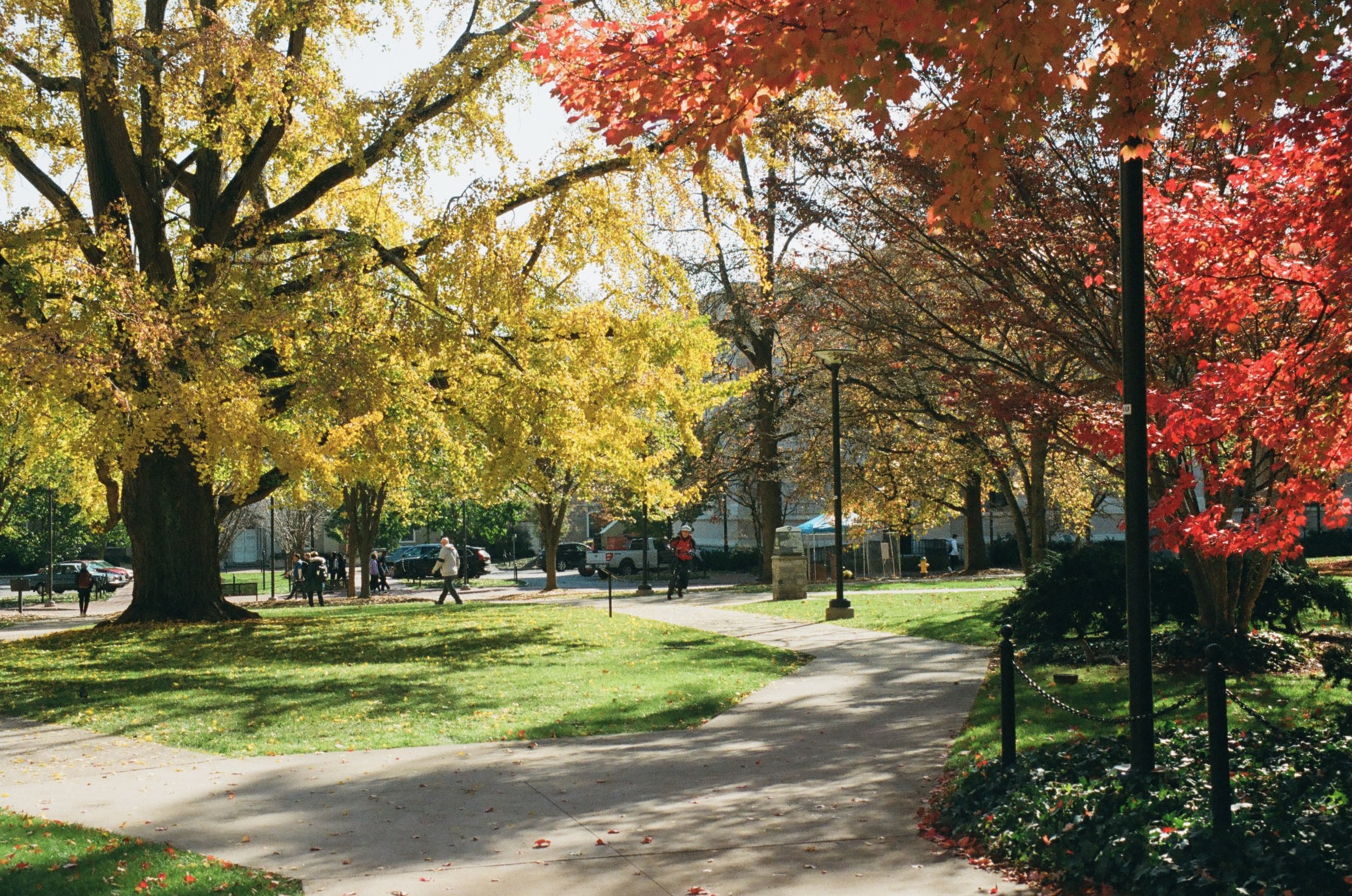
Canon Rebel Ti
Lomo 800

Canon Rebel Ti
Lomo 800

iPhone 15 Pro

Downtown, from Mission Dolores Park
January 4, 2023
Olympus Stylus 120
Kodak Ultramax 400

BART Stop, North Berkeley
January 5, 2023
Olympus Stylus 120
Kodak Ultramax 400

House of Shields
January 5, 2023
iPhone 12 Mini
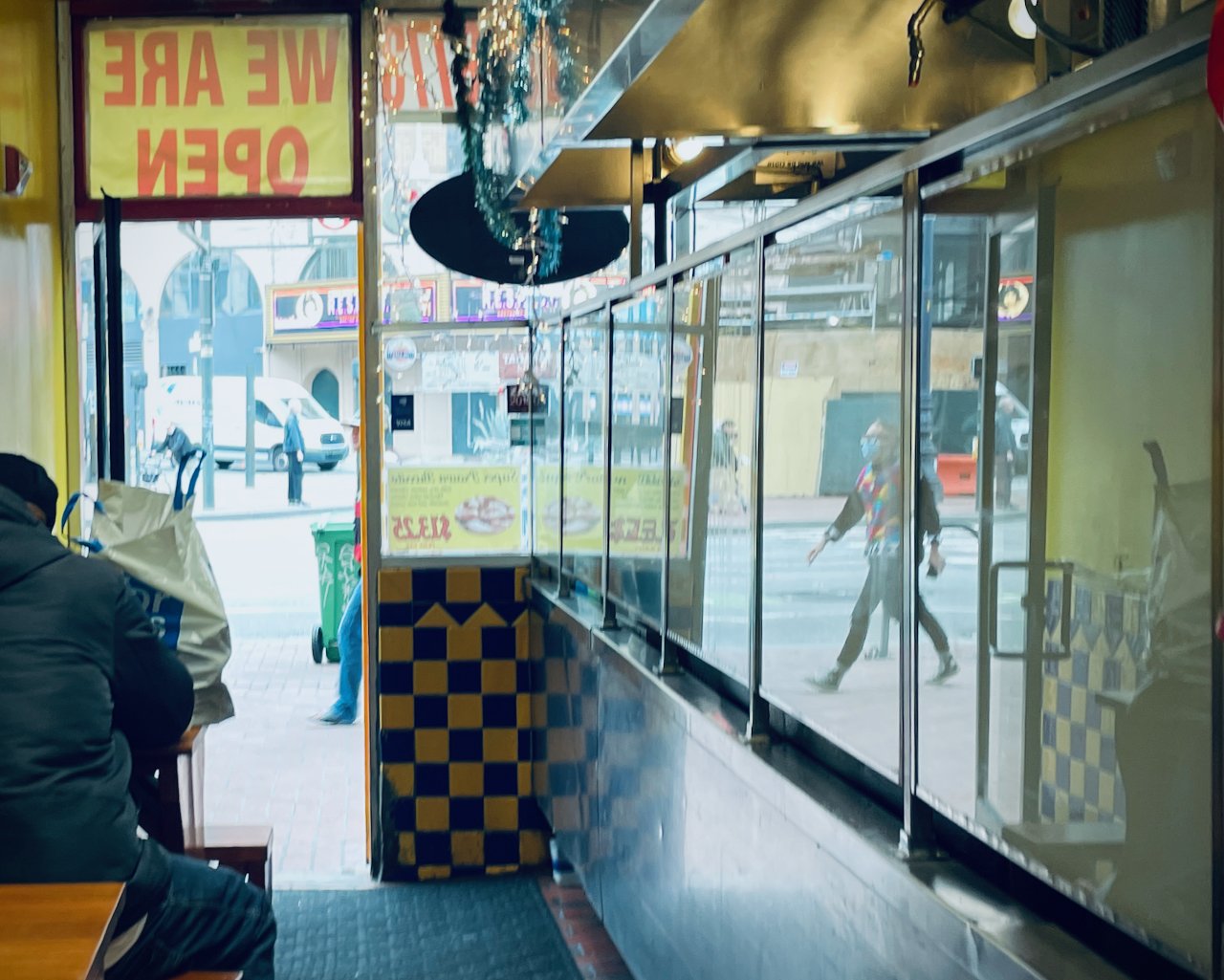
Taqueria Can-Cún
January 6, 2023
iPhone 12 Mini

Twitter headquarters
January 6, 2023
iPhone 12 Mini

5th and Market
January 6, 2023
iPhone 12 Mini
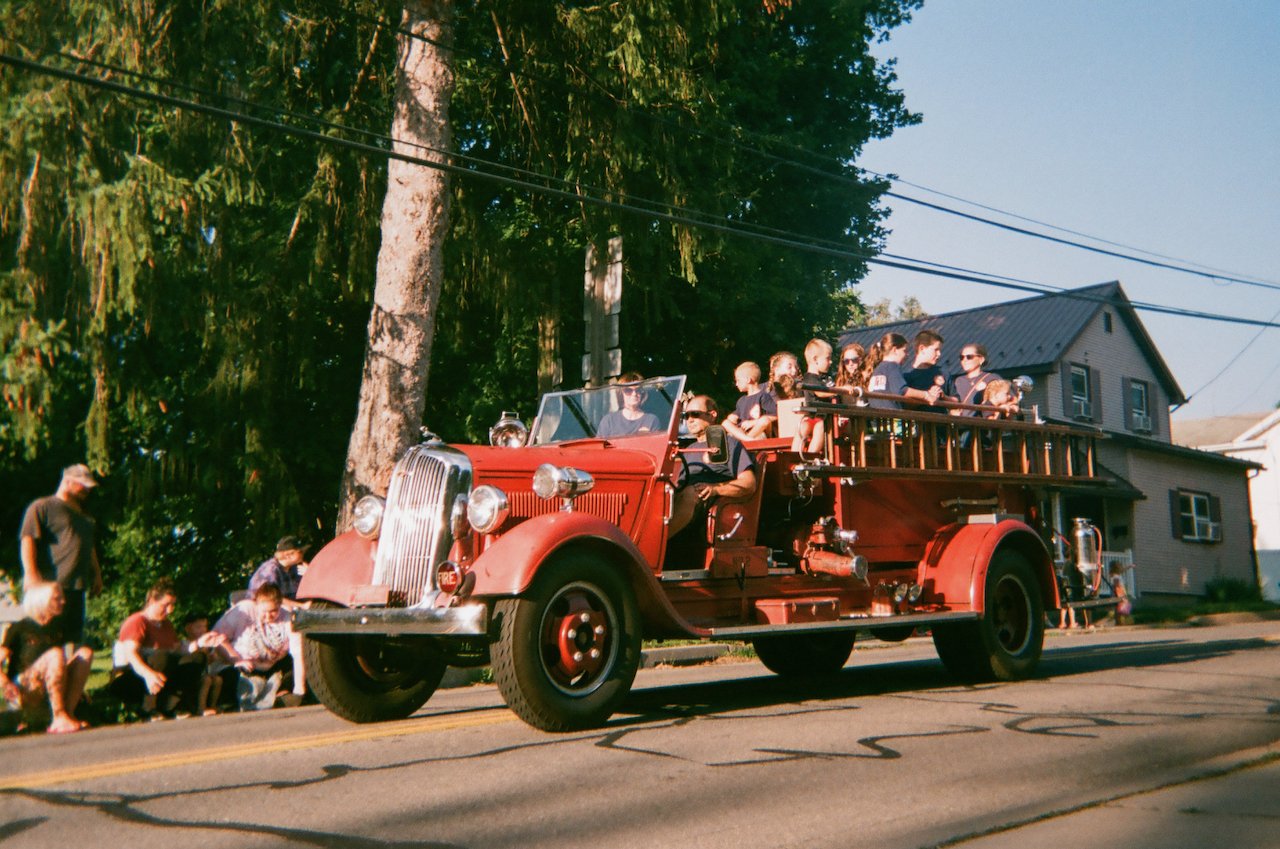
Fire Truck
July 28, 2022
Main Street, Pleasant Gap, PA
Kalimar Spirit SP, Fuji C200

July 28, 2022
Main Street, Pleasant Gap, PA
Kalimar Spirit SP, Fuji C200

Tractor
July 28, 2022
Main Street, Pleasant Gap, PA
iPhone 12 Mini

Crossing College Avenue
July 28, 2022
Main Street, Pleasant Gap, PA
Kalimar Spirit SP, Fuji C200

Flare at the Fair
July 30, 2022
Carnival grounds, Pleasant Gap, PA
Kalimar Spirit SP, Fuji C200
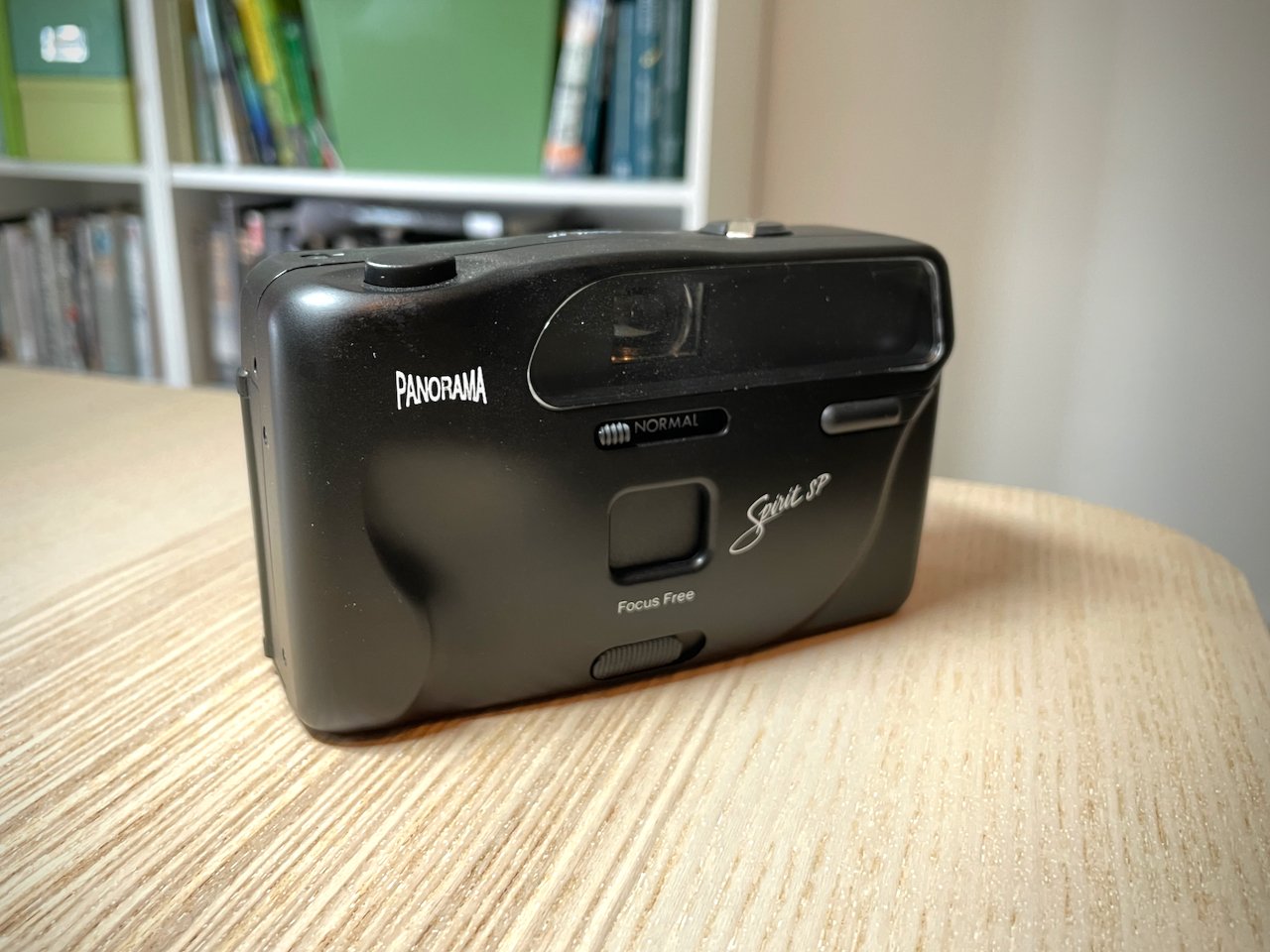
Kalimar Spirit SP
July 7, 2022
iPhone 12 Mini
This next set of photos were all taken with this camera—a Kalimar Spirit SP. I know nothing about this camera in every sense—I found it while digging through my old room looking for a different film camera, and there this was, in the plastic bag it apparently came in, and seemingly never used.
What I do know of the model I found while poking online, and even then, there's not much to know (or at least, that I'd enjoy getting into). It's a black plastic box to take pictures, with an output probably comparable to what you'd get out of a disposable film camera.
While I wouldn't use it all the time, I did really enjoy what I got out of this one. I feel like a bit of a bandwagoner to say this, but I'm drawn to the imperfections in its photos—vignetting, mediocre sharpness, underexposure[^1]—these remind me of some of the film photographs that were taken in my childhood, and something feels very anchoring in that sense.
Its photos are anchored by these characteristics to similar images of a past era. Its photos are also, in that way common to all film photographs, materially anchored to specific places and times, created by the light of a moment affecting the film material in the camera.
[^1]: And underexposure in this case is caused by operator error, my choosing to take a shot in non-ideal conditions—this camera does no adjustments for exposure whatsoever.

July Flowers
July 30, 2022
Kalimar Spirit SP

Simpsons Sky
July 30, 2022
Kalimar Spirit SP

Flowers in Lemont
July 16, 2022
Kalimar Spirit SP

Attic View
From Ihlseng Cottage, Penn State, University Park
July 13, 2022
Kalimar Spirit SP

Bald Eagle State Park
July 10, 2022
Kalimar Spirit SP
Since this camera was a gift from my father-in-law, I thought it would be fun to bring it with us on our vacation to Maine this summer, putting the old Owl back into service capturing family memories, one generation later.

Around sunset, August 2, 2021.
While my test shots with expired Kodak film mostly came out alright, for actually documenting our vacation, I opted to use known-good film, specifically, Fuji C200. It is a cheap consumer film, so nuanced color and fine grain are not to be expected. But my goal here wasn't to create perfect images, but to capture some of our vacation memories in a style befitting the design and purpose of this camera. I'm also interested in trying out some of the lower-end film stocks to see if there was one I particularly like.

Midday on the beach.
As is perhaps fitting of shooting with fresh film, I found more keepers here than in my roll of expired Kodak HD. This is not because of the particular qualities of Fuji C200, as much as it's because I didn't have to do as much post-processing to wind up with usable images.
Sure, there were some misses.

Wiggly Bridge Distillery is worth a visit and a tasting if you have the time. We had a very pleasant visit, and I particularly enjoyed the Bottled in Bond Bourbon. Re: this shot, this is the result of operator error. I’m spoiled by SLRs, and I thought that I’d framed this so the peak of the distillery would appear in the shot. I did not. The framelines on this camera’s viewfinder are a bit worn down and/or difficult to discern, so going forward, I’m just going to try and be extra-careful to make sure that any key elements stay well within what looks to be the frame.
But for the most part, I got the shot and, to my eye, they mostly looked pretty good, and I don't have to think about it all that much after the fact. Whereas with the expired stuff, I found myself doing a bit of mental gymnastics, like, "eh..this one's ok...if you want a particularly vintage look."

#accidentallyWesAnderson
Yes, some shots from this roll still work because of their low-fi or somewhat dated look, but some just looked good, and it's nice to not have to qualify that.

The location for nearly all of these was Ogunquit, Maine, a place I've visited with family before, though always with more modern digital cameras. With a 200 speed film and a camera like this, most indoor photos will wind up using the flash, and the results of that are just about how (if you're my age or older) you remember it—frequently not great.

From Ogunquit’s Marginal Way.
Outside, though, and on the beach, the camera performed quite well, and I'd say I did a reasonable job here managing my expectations for what it could handle. Getting that "portrait mode" or shallow-depth-of-field look, in which your subject is sharp and the background is blurred, wasn't likely, nor was getting shots with corner-to-corner sharpness (I'm not much of a nit for that sort of thing, but I did notice sharpness tending to fall off towards the edges).
As fitting for a vacation/family camera, it did do a good job capturing memories and a decent bit of the environments in which they transpired.

Approach to the George Washington Bridge, from the trip up.

Spring Creek, in downtown Bellefonte, PA. The shadows are crunched down towards black in the left and right of this shot, but to their credit, the camera and film are capturing a pretty wide range of light here, between those shadows and the sky above.
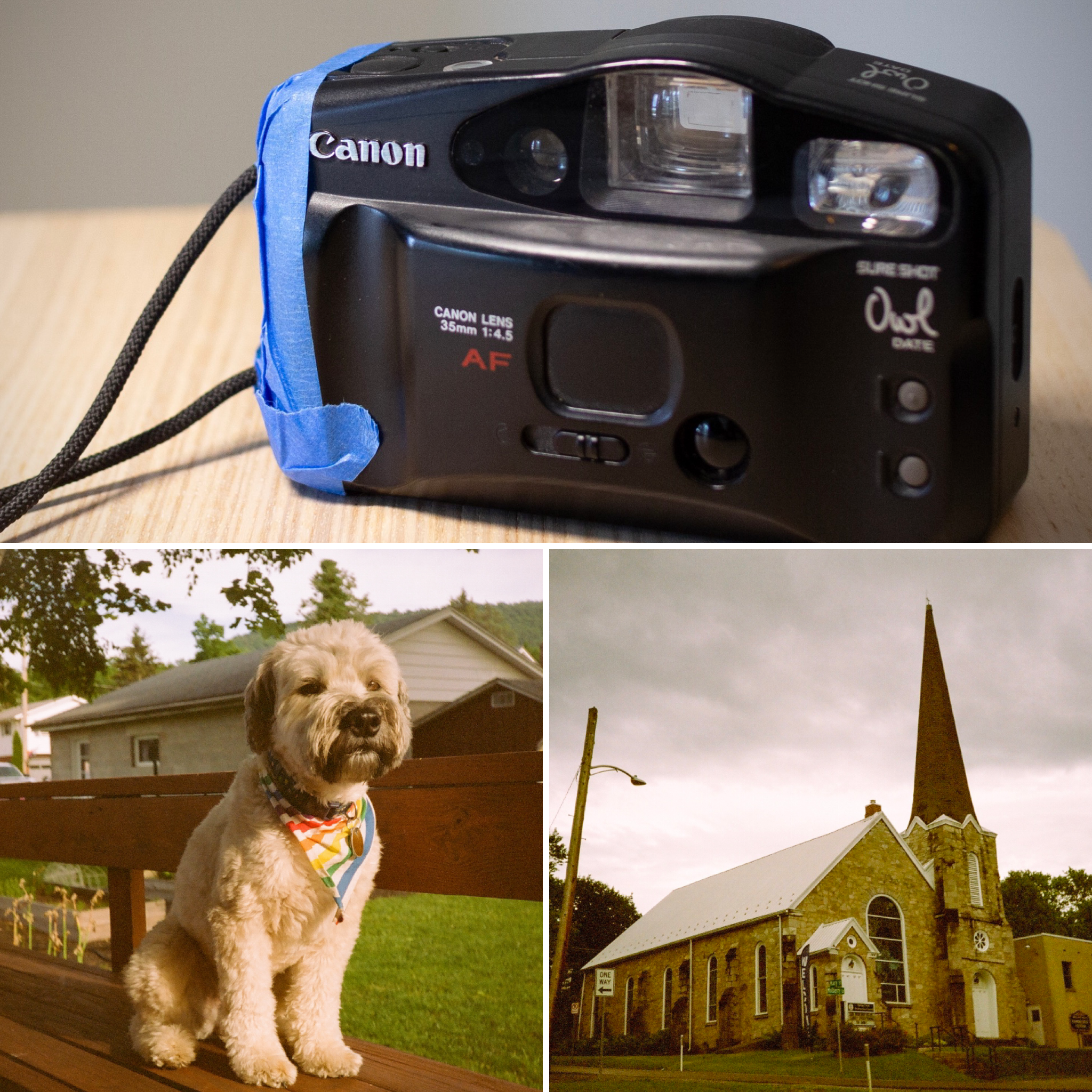
These shots are the product of a combination of two gifts, for which many thanks are due: the camera, a Canon Sure Shot Owl, was from my father in law and it was produced in 1994. The film is from my wife—it’s from a batch of Kodak High Definition 400 that she had bought around 2006. So they’ve got a total of 42 years between the two of them, clearly a good sign to any Hitchhiker's Guide to the Galaxy fan. I figured these were a perfect match: a decades-old point-and-shoot camera paired with expired consumer film.

Canon Owl. The blue painter’s tape is holding the battery door closed. The battery door’s terminals were either corroded or lost, so I wound up using a loose terminal from a Canon T-70, and then holding the thing shut with tape. It worked well enough, though occasionally I had to squeeze hard to make sure the batter was making contact and powering the camera.
I’d never shot the Owl before, and it may have made more sense to use known-good film to do a test, but I was impatient and didn’t have new film on me, and I figured that if I ran into any issues, I ought to be able to discern whether the problem was the in the camera or in the film.

Knowing I was shooting with expired film and an old camera led me to look for things that seemed of another time, like this house.
One challenge, though, is that to get the best possible results out of expired film, it’s usually best to overexpose it by some amount (the best web resources I’ve found on just how much are this piece by Ludwig Hagelstein and this piece by Daniel J. Schneider). As film degrades over time, it will often need more light in order to produce a properly exposed image. In many film cameras, an easy way to do this is to adjust the ASA rating on your camera. If you tell your camera that you’re shooting with a less-light sensitive film than you actually are, then the camera will try to compensate and get more light onto the film. Unfortunately, with the Owl, this was not a possibility.
Consumer film cameras frequently used DX coding to set that ASA rating. The DX code is a pattern of conducting and non-conducting rectangles on the side of the film canister. The camera reads these and then automatically sets the ASA rating to match the speed of the film indicated by the DX code . This is a great way to insulate against user-error, but the Owl also lacks a way to manually adjust the film’s ASA rating in a circumstance where you want to over or underexpose the film.
Fortunately, there’s a way to actually change the DX coding on the side of the canister so that the camera thinks the film is of a slower speed and requires more light.
The DX code is essentially a strip of metal and plastic along the long edge of the film canister. That strip matches up against a row of electrical contacts in the camera, and the pattern of that strip tells the camera what it needs to do to expose the film properly. To change the DX code, you can use a combination of scraping away plastic squares on the film canister’s surface, and using electrical tape to cover specific contacts (see this handy tutorial by Amy Berge).

Don’t know if it worked, but I felt cool doing it.
In truth, I can't tell whether or not my attempt at doing this hack was successful. The film is old enough that some amount of underexposure and fogging is almost inevitable, so without doing a side by side comparison and shooting a roll that I haven’t hacked, it’s though to tell whether this was worthwhile or not.
The camera itself functioned reliably and pretty consistently. I do appreciate how straightforward it is—there’s a simple, big optical viewfinder, a fixed focal length, and that’s it (there’s a flash, though I only used that a few times). The camera’s aesthetics are a product of its early-90s era: it is a rounded, plastic box, with rubber buttons that, by original design or by age are a bit mushy. Compared to my other point-and-shoot camera, it’s a bit large, and most of the time that I carried it around, I used the strap that came with it.

At the Nittany Mall. Another scene in which the vintage look of the film seems well-suited for the subjects, here, overgrown potted mall plants. Upon this dias, they look as if, one fateful day in 1999, a three-piece band of unknown origins rolled into town, and played a surprise gig at the mall late into the evening, rocking inspired, righteous tunes better than anyone had ever heard. But then, when the first ray of sunlight came streaming through the sunroof, the crowd grew silent, astonished. The band was now plants.

As I recall, this took some lightroom edits, but all in all, not bad. The film and camera did a decent job capturing a pretty wide dynamic range, from the bright light reflected off the rocks to the shadows in the rafters.
I’d say about 90% of my shots came out in focus and reasonably well-exposed. While the times focus was not accurate to what I wanted were frustrating, I realize in retrospect that the truth of the matter is that I have probably had a lower hit-rate when I’ve been manually focusing with my AE-1 Program. As I’ve branched out from the AE-1 Program to cameras that actually have autofocus, my appreciation for autofocus has only grown.

Axemann Brewery. I was about to write that I was too close for the autofocus to work, but that’s not true—the “Table T6” sign is reasonably in focus. So I was perhaps 6” too close to get the empty flight in focus (my goal) but at a perfect distance to get that sign in focus. In retrospect, even if I knew the minimum focus distance to a T, I still likely wouldn’t’ve hit this shot.
As for the film, it looks like it held up pretty well over the years, and if you’re in the market for a vintage look, a combination like this camera and this film are going to do the job. Still, I’ve found that the aesthetics of expired film aren’t so compelling for me as to accept the frustrations of the occasional unusable shot, or having to do more tweaks in Lightroom.

Summertime.